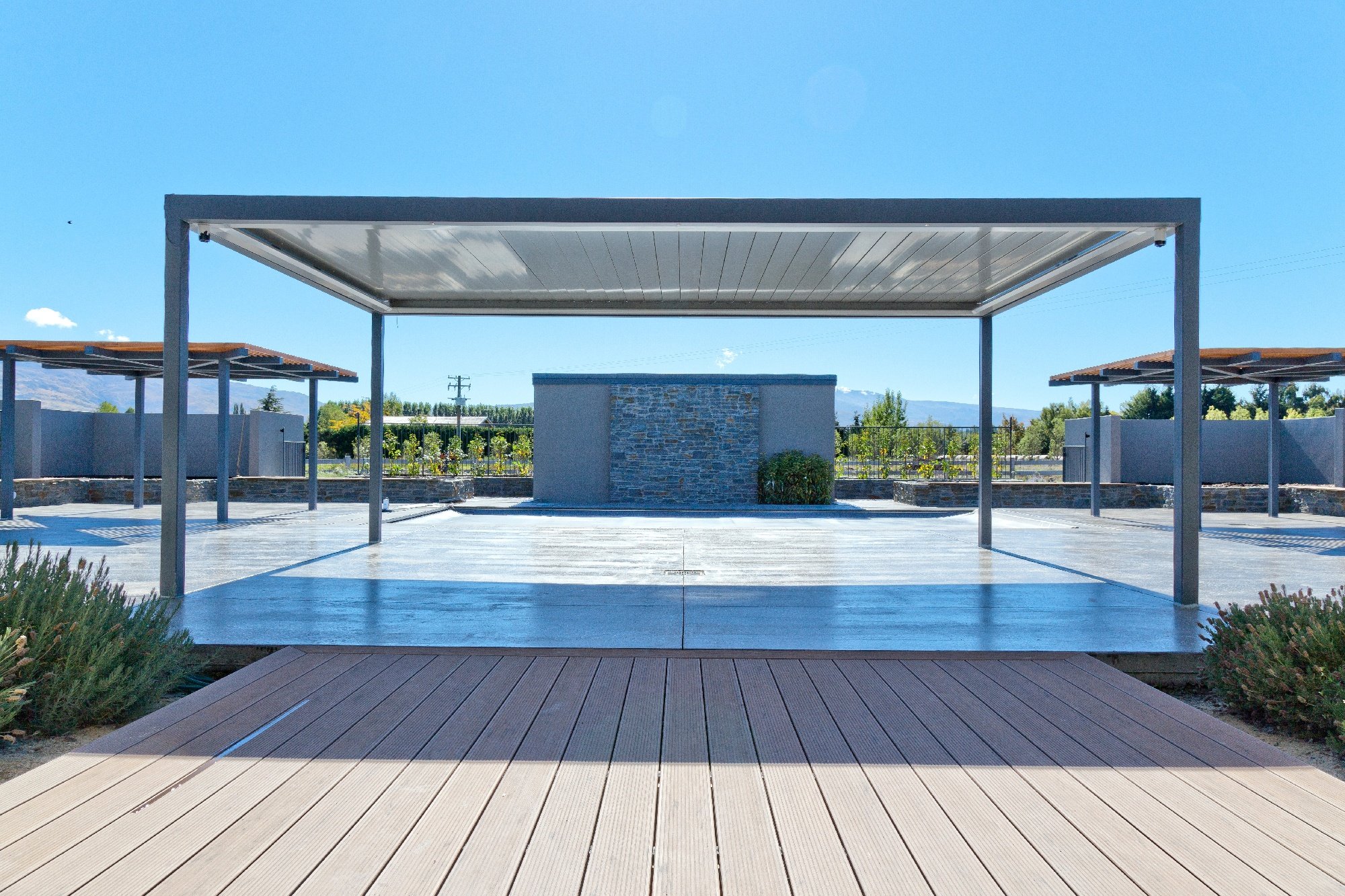Aluminium vs glass, wood & plastic: which is best for louvres?
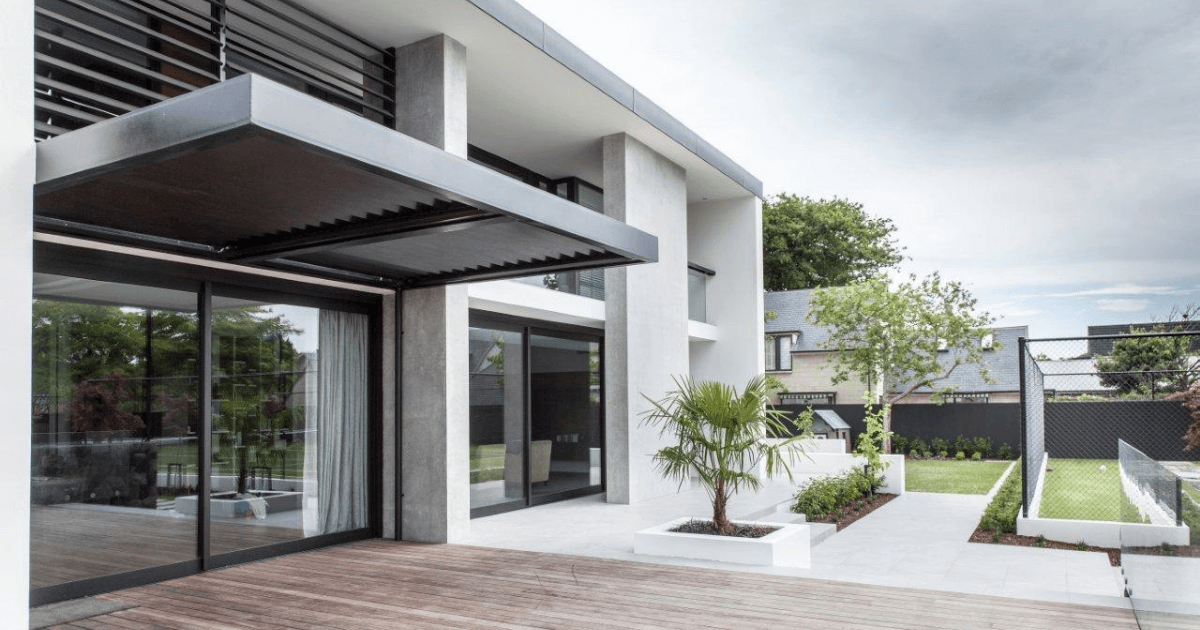
.jpg?width=1000&name=Smith%20Res%20-%20SLRSOR%20(3).jpg)
Louvres are continuing to grow in popularity across New Zealand. They provide a multitude of practical benefits like weather and rain protection as well as privacy and sun shading. They’re also commonly used by architects and designers for aesthetics, and to increase the street appeal and character of a home. Louvre blades were traditionally constructed from something like wood, however, as technology has evolved and residential houses have developed into even more elaborate designs, we are seeing many louvre manufacturers move to aluminium.
The material that you choose for louvres can come down to personal preference, and ultimately, what you will be using the louvres for. Certain materials are naturally more durable than others which makes them more suited to the harsh climate here in NZ.
Are you looking to install a louvre system in your home or project, but unsure where to start when it comes to materials? We’ve outlined the differences between aluminium, glass, wood and plastic so you’ll know just which material is best for the job.
Wooden louvres & shutters
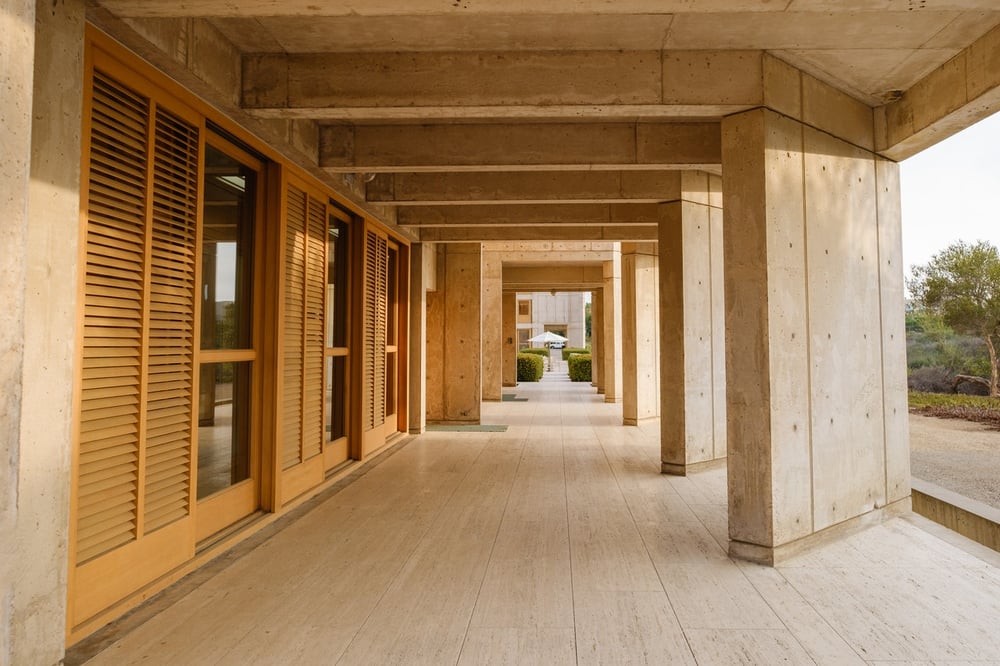
Considered the oldest building material in existence, wood has been used for over 10,000 years as the primary construction material for residential houses. It is still commonly used around the world and here in NZ to construct homes of all shapes and sizes. Wood is also being increasingly used in construction due to its sustainability benefits.
As a sustainable and renewable material, wood takes less energy to process when compared to other construction materials like concrete for example. Wood also has the ability to store carbon, which makes it an essential material in transitioning to a more carbon-neutral economy – locking away carbon dioxide in the form of buildings constructed from wood is recognised in international climate agreements for carbon accounting. Another benefit of using wood for construction, particularly here in NZ, is the ability to source it from the country’s plantation estate and private indigenous forests. These estates and forests are audited to meet sustainability criteria and so they meet industry environmental standards.
While wood is a sustainable material making it great for most residential construction, it does have its disadvantages, particularly if it’s used for something like a louvre roof or exterior shutters which would get exposure to sun, wind and rain.
Unfortunately, wood is not very weather-resistant so over time as it’s more exposed to the elements, it will warp and crack and could even shrink. This is particularly common in areas close to the sea or areas that see a lot of rain. When wood is compromised in this way, it will provide less protection from the elements and could even prove a safety hazard should something like a louvre roof become less secure due to wood that has shrunk in size. Another disadvantage when using wood for construction is that the wood may split and then fade if it’s painted in a dark colour. If the wood has a higher moisture content when painted there is a higher likelihood of this happening.
While wood can be an incredible material for residential construction, we would steer clear of using this for exterior louvre blades due to the chances of wear and tear.
Glass shutters
Glass is another traditional material used for residential construction. While glass is most commonly used in windows nowadays, there was a time when glass was also commonly used for something like shutters in the windows of a home.
This is a trend that we haven’t seen in the industry for quite some time and we can see why. While glass shutters do offer aesthetics to a home and privacy benefits should they be tinted, glass is not the most practical material for shutters.
Glass is very fragile and if not handled correctly can easily smash resulting in small glass shards. Due to the sometimes frequent opening and closing of shutters, they can easily break. To provide adequate privacy and shading they would also need to be tinted which could end up adding significant costs to a build. Glass can also be known to be very heavy and depending on the size of the glass being used, could require multiple people to install it.
Plastic louvres
A newer material that is growing in popularity in the construction industry is plastic. Plastic has the benefits of being very lightweight making it easy and less expensive to transport. It is also rot and corrosion resistant making it ideal for environments where moisture levels and water content will be high. Plastic is also highly flexible and can be moulded or bent to achieve almost any shape or object required.
While plastic is the perfect choice for things like piping systems and electrical cable insulation, we wouldn't recommend this material for something like an outdoor louvre system. When exposed to the elements and harsh weather conditions, plastic cannot withstand something like heavy rain or wind. It is not durable enough and could crack and break.
Aluminium louvres & shutters
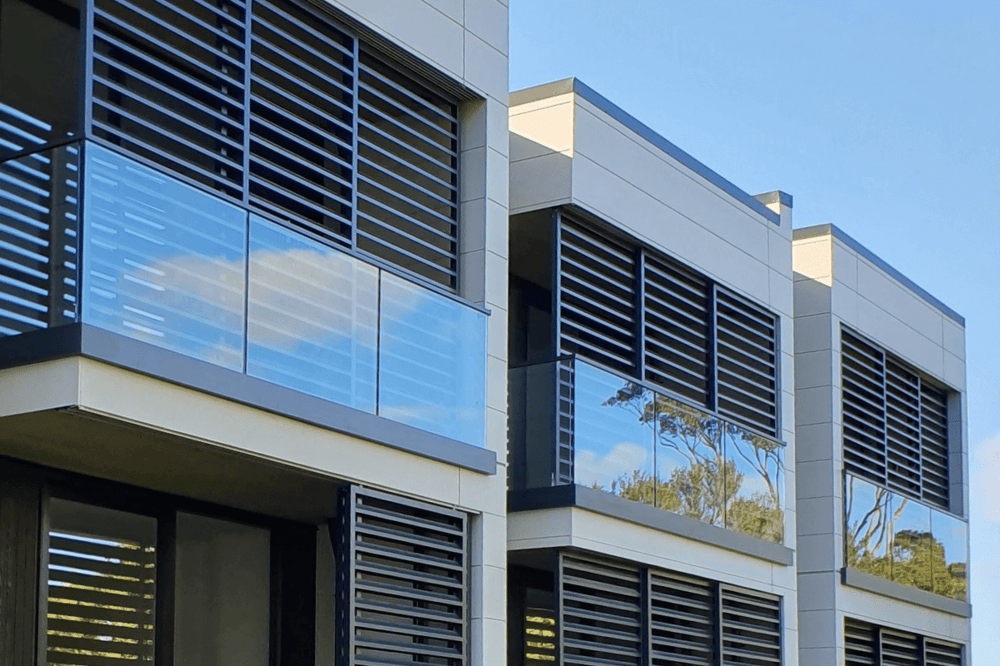
Aluminium is the most popular choice of material for outdoor louvre systems and it’s not hard to see why!
Aluminium is a lightweight, durable and weather-resistant material which makes it the perfect choice for louvres here in NZ. Many of us live in areas that can be exposed to harsh weather conditions so an outdoor area, sliding shutter system or louvre roof needs to be built to stand up to these often temperamental weather conditions. Louvre blades manufactured from aluminium will provide excellent protection from the weather, even in areas where you’re exposed to a lot of rain or salt-water spray from the sea.
Aluminium is a tough material that when used for louvre blades, will ensure that they last for years to come, and look as good as new! Aluminium also has the added benefit that it can be powder-coated in almost any colour or finish you require.
Choose Aurae aluminium louvres for your next project
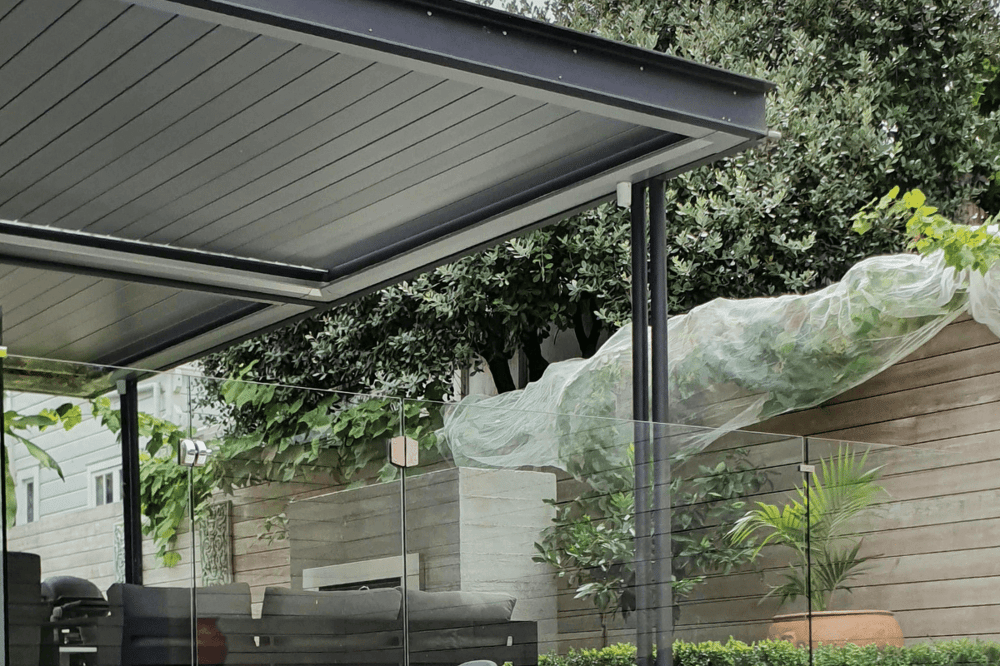
We’re a New Zealand based company that makes houses look good with a variety of aluminium louvre and facade solutions, for residential housing designs and developments. With our in-house knowledge, we handle the entire process from design to manufacture and then install, so that you get the louvre products perfect for your requirements.
We pride ourselves on having the widest range of sun shading and louvre profiles available in the industry. And if you can’t find what you’re looking for, it’s likely that we can make it for you. Our aluminium louvres will not only provide protection from the elements and character to a home, they’re also rigorously tested to ensure optimal aerodynamics and weathering performance.
Learn more about our complete range and see examples of our work, in the free louvre brochure below.
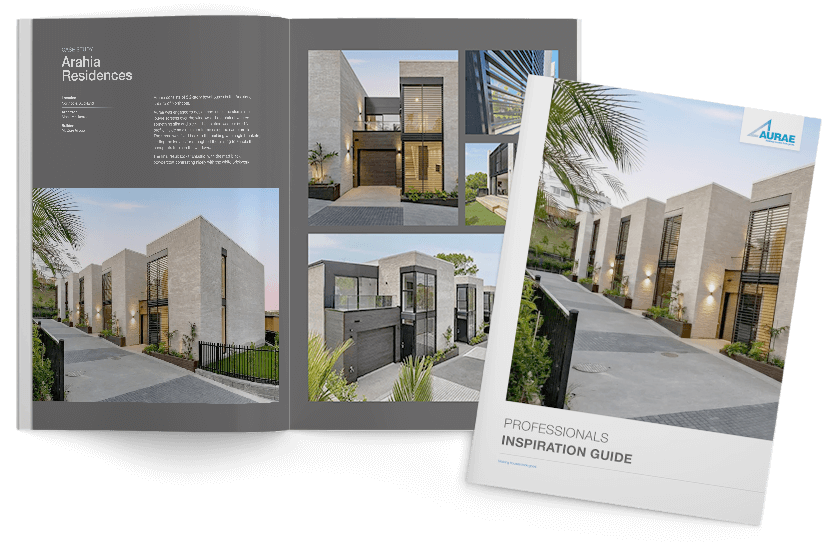
Looking for louvre inspiration for a current or future project? Our inspiration guide is the perfect starting point.
DOWNLOAD HERE


